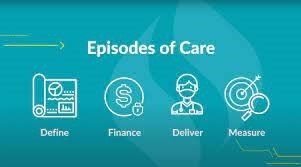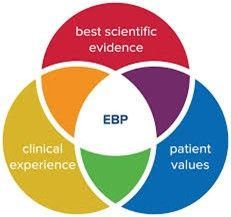How to Name That Episode of Care
Behavioral health organizations will need to shift their focus from “treatment based on fees” to “treatment based on outcomes and costs.”

With the advent of CalAIM in California, Medi-Cal treatment of behavioral health will be based on episodes of care. To further explain, the traditional approach of “fee-for-service” care allows a provider to treat a client as long as they deem necessary, without consideration of cost or outcome. The future will change this approach where counties as “health plans” will act as managed care organizations, determining the appropriate length of care for each client.
This approach can be likened to the old television show, “Name That Tune.” In the show, a contestant would receive information about a song and then guess how many notes they would need to guess it. Translated into the managed care world, a behavioral health agency will be responsible for the care of clients assigned to their agency. Based on geographic, company historical data, and diagnosis, they may be asked to project the length of stay for clients. This alone can cause nightmares for organizations, let alone their staff. But it isn’t as difficult as it may sound.
Currently, in California, STRTPs are conducting a particular form of Name That Episode of Care. The general length of stay for youth in an STRTP is around six months. When the youth arrives at the facility, the Social Worker or Therapist develop their treatment plans and gives an estimate of treatment scrutinized by county and state officials. If the staff believes the youth will need more time due to higher needs, they indicate it and may receive additional services to help the youth. Monthly, the Child and Family Team meet to discuss whether this episode length is realistic; if not, it is modified along with treatment plans.
The same can be done in an outpatient setting. The first step is identifying the client, their symptoms, acuity, and desired goals. Suppose a 16-year-old with a diagnosis of major depression and a history of psychiatric hospitalizations due to suicide attempts is assigned to a clinician. How long will it take for them to be in the program? How can they name the episode of care? As indicated above, they can look at their historical data on clients with a history of major depression and hospitalizations. They can also determine how stabilized the client already is. Questions such as, “What is the length of time since the last hospitalization?” Are they stable on anti-depressant medications?” Then based on this information, the clinician, in their assessment, can determine an estimated length of stay, the number of sessions necessary, and adjunctive services (therapy, medication management, behavioral modification). This estimate can then be calculated in time and the cost of services as a preliminary projection. Then as the clinician continues to work with the youth monthly, they can evaluate the costs, the progress, and whether their projection is realistic or needs reassessment.
Behavioral health organizations will need to shift their focus from “treatment based on fees” to “treatment based on outcomes and costs.” Naming the Episode of Care will need to be a skill mastered by all those serving the client. But this approach, although appearing to do a disservice to the client, holds all parties accountable for improving their care. Changing the emphasis from fees (how much do I get paid) to outcomes (how do I get this client better) improves all participants’ approaches to help the client.




